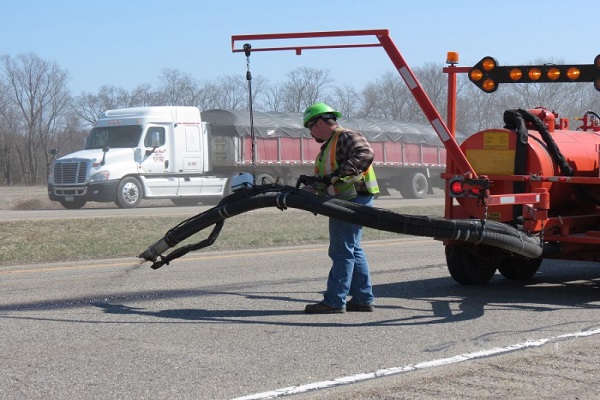Just 60 miles of infill electrification on Britain’s railway network would decarbonise key parts of the country’s logistics system, say the authors of a new report, while 800 miles of additional electrification would enable 95 per cent of rail freight to be electrically hauled.
Currently, a mere 10 per cent of British freight trains are hauled by electric locomotives, while a handful of short unelectrified sections force freight trains to be diesel-hauled for long distances ‘under the wires’. Electrifying these ‘infill’ sections would allow around two million train miles a year to be decarbonised, according to CILT. This is equivalent to taking around 80 million diesel HGV miles off Britain’s roads each year.
It’s estimated that the initial 60 miles of infill electrification would cost around £50m a year over two years – less than the cost of one road scheme – and represent a ‘no regrets’ project.
Furthermore, CILT suggests an electrification programme of 40 route miles a year for 20 years, at a cost of £100m per year, is required to deliver “this significant opportunity” for the UK to meet its decarbonisation and net-zero goals.
While decarbonising technology for other modes of transport is still emerging – and therefore sometimes challenging to introduce – the authors note that electrified rail transport is a fully mature, proven green technology which has been in use for more than 60 years. CILT sees this opportunity as ‘low-hanging fruit’ when it comes to decarbonisation and reducing emissions from transport operations.
Based on detailed analysis of data on rail freight movements across the UK, the routes proposed for electrification lead from main container ports to inland distribution centres, which are key supply chain hubs, and from major quarries to urban areas that require large quantities of construction materials. Also included are routes serving other key rail freight customers, such as the steel industry.
The first priority for electrification is the key cross-country route from Felixstowe to the Midlands and North avoiding London (the ‘F2MN’ route). This provides a direct link to the West Coast Main Line at Nuneaton for the North West and Scotland and, along with the line from Peterborough via Lincoln to Doncaster, a direct link to Yorkshire and the North East.
The next phase would electrify the link from Britain’s third largest container port at Southampton to inland markets, starting with electrification from Basingstoke to Reading and from Didcot, via East West Rail, to Bletchley on the West Coast Main Line. A second stage would see the route from Southampton to Basingstoke via Andover being electrified.
The third phase of the CILT electrification strategy involves routes from major quarries and cement works in the Peak District and the Mendips. This would allow electric haulage of millions of tonnes a year of heavy construction materials to Manchester, Leeds, Birmingham and the South East.
Julian Worth, chair of CILT’s Rail Freight Forum and lead author of the strategy, said: “The CILT electrification strategy would allow circa 95 per cent of UK freight trains to be hauled by electric locomotives by the mid-2040s, saving considerable amounts of carbon every year. The strategy benefits passengers as well as freight customers. Almost all the routes involved carry passenger trains and the strategy would enable life-expired diesel trains to be replaced by modern electric units.”
The strategy has been welcomed as “helpful and timely” by the Railway Industry Association. RIA’s technical director, David Clarke, commented: “The CILT roadmap shows how 80 million diesel HGV miles can be taken off the UK’s roads each year, as well as giving credible evidence that a rolling programme of freight electrification can be delivered at lower cost than recent schemes, building on RIA’s Electrification Cost Challenge report.”
A committed programme of electrification would give rail freight businesses the confidence to invest in new electric locomotives. One operator, Direct Rail Services, has turned to dual-mode Class 88 locomotives built by Stadler (pictured) as a way to take advantage of electric operation where it is possible.
Source: E&T










